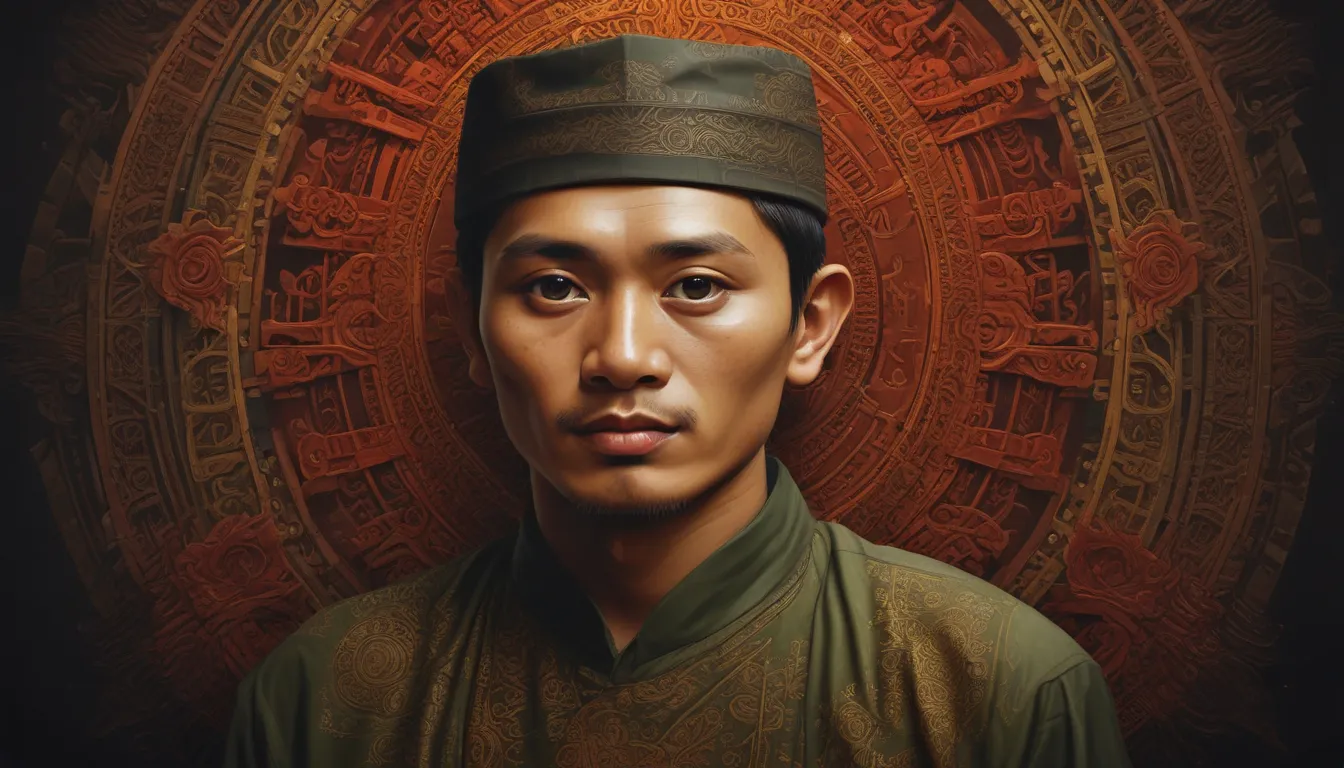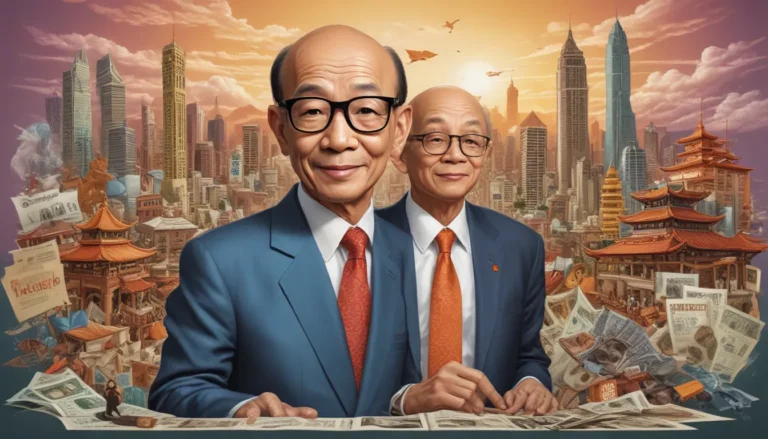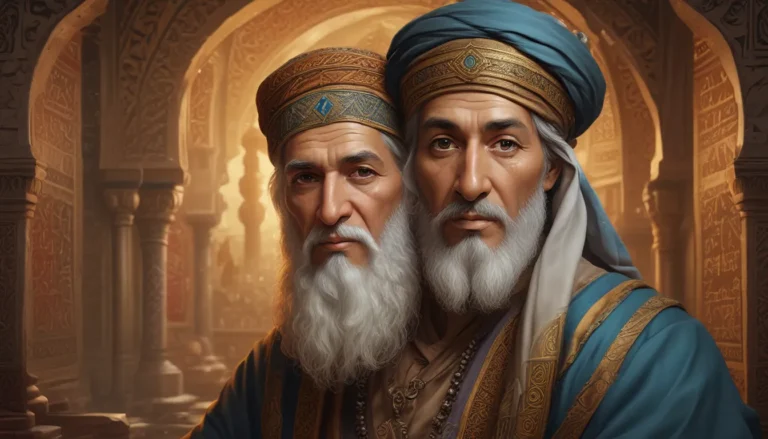The images in our articles may not match the content exactly. They are used to grab your attention, not to show the exact details in the text. The images complement the text but do not replace it.
Min Aung Hlaing, also known as Senior General Min Aung Hlaing, is a significant figure in Myanmar’s military and political realms. Serving as the Commander-in-Chief of the Myanmar Armed Forces since 2011, he wields substantial influence over the country’s affairs. In this article, we will unravel 20 captivating facts about Min Aung Hlaing, shedding light on his background, accomplishments, controversies, and the impact he has had on Myanmar’s political landscape. From his military ascent to his involvement in critical operations like the Rohingya crisis, there is much to discover about this enigmatic figure. So, let’s delve into the life and career of Min Aung Hlaing, unveiling intriguing details that contribute to a deeper understanding of his role in Myanmar. Let’s embark on this exploration together!
Unveiling the Enigma: 20 Key Insights about Min Aung Hlaing
- Min Aung Hlaing is a notable military leader in Myanmar, recognized for his focus on economic development, military modernization, and national unity despite facing international scrutiny.
- He holds a substantial influence in Myanmar’s politics and has been engaged in significant military operations, emphasizing discipline and national defense.
A Glimpse into Min Aung Hlaing’s Life:
Min Aung Hlaing, born on July 3, 1956, in Yangon, Myanmar, originates from the heart of the country. His upbringing in the capital city laid the groundwork for his deep understanding of Myanmar’s cultural and political landscape. Attending the esteemed Myanmar Military Academy honed his military skills, paving the way for his remarkable journey through the ranks of the Tatmadaw.
Shaping Myanmar’s Political Canvas:
Playing a pivotal role in the 2010 general elections marked a turning point in Min Aung Hlaing’s career. Over the years, he has been actively involved in various military operations, showcasing his strategic prowess and earning respect within the military sphere. However, his involvement in actions against ethnic minorities has garnered widespread international criticism, urging calls for accountability from global bodies and rights organizations.
Visionary Leadership in Economic Development:
Min Aung Hlaing places a strong emphasis on fostering economic growth in Myanmar. Acknowledging the significance of infrastructure projects, foreign investments, and industrialization, he envisions propelling the country towards prosperity. His frequent interactions with global leaders and high-ranking military officials have shaped his perspective on international politics, enhancing his strategic grasp on global affairs.
Advocating for Unity and Modernization:
Throughout his tenure, Min Aung Hlaing has emphasized national unity as a cornerstone for Myanmar’s stability and progress. Apart from advocating for military modernization to enhance Tatmadaw’s capabilities, he has also expressed support for military constitutional reform to address the power balance between the military and civilian government.
Embracing Challenges and Recognition:
Despite facing personal sanctions due to his involvement in human rights violations, Min Aung Hlaing continues to wield significant influence in Myanmar’s political arena. His strong focus on national defense, international cooperation in the defense sector, and commitment to democracy underscore his dedication to steering Myanmar towards a secure and democratic future.
Conclusion: Unraveling Min Aung Hlaing’s Legacy
As Min Aung Hlaing assumes his new role at the helm of the military-controlled State Administration Council, his leadership style and policies will undoubtedly shape the future trajectory of Myanmar. While controversies and criticisms have accompanied his tenure, his commitment to economic development, military modernization, and national unity reflect a vision for an affluent and stable Myanmar. Exploring the multifaceted persona of Min Aung Hlaing provides insights into the complexities surrounding his influential role in the Myanmar political landscape.
FAQs
- Who is Min Aung Hlaing?
Min Aung Hlaing is a senior military officer from Myanmar who has served as the Commander-in-Chief of the Myanmar Armed Forces. Recently, he assumed the role of the head of the military-controlled State Administration Council.
- What is the State Administration Council?
The State Administration Council is a governing body established by the Myanmar military following a coup in February 2021. Led by Min Aung Hlaing, it comprises military leaders and government officials.
- What controversies surround Min Aung Hlaing?
Criticism has been directed at Min Aung Hlaing for his role in the Rohingya crisis, with accusations of human rights abuses and ethnic cleansing. Additionally, his involvement in the military coup has drawn condemnation internationally.
- What is Min Aung Hlaing’s background?
Joining the Myanmar Armed Forces in 1972, Min Aung Hlaing climbed through the ranks to become the Commander-in-Chief in 2011. His military background and involvement in various operations have shaped his career.
- What lies ahead for Min Aung Hlaing?
As the head of the State Administration Council, Min Aung Hlaing exerts substantial power and influence in Myanmar. The international community closely monitors his actions, particularly concerning human rights and democracy.
Exploring the captivating journey of Min Aung Hlaing not only unveils his impact on Myanmar’s political landscape but also highlights the intricacies of leadership in challenging environments. As his story unfolds, the world watches with keen interest, awaiting the outcomes of his decisions and policies on the future of Myanmar.






